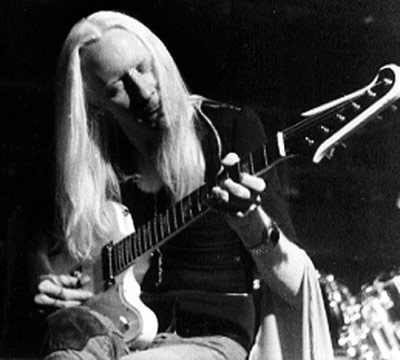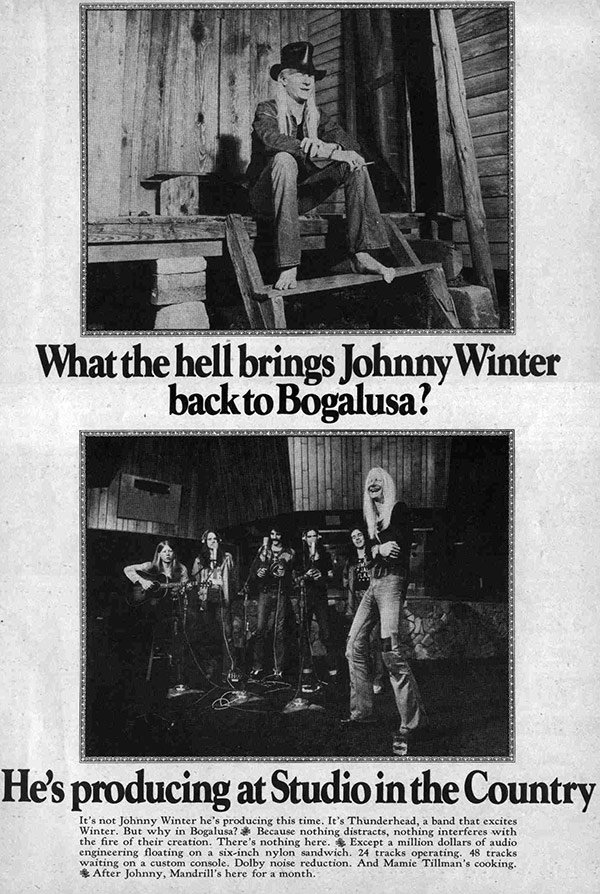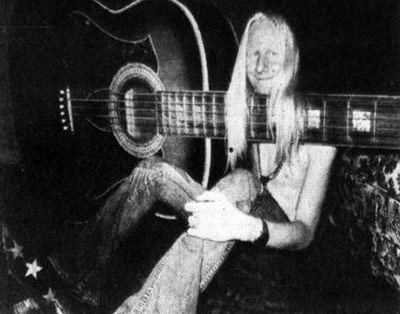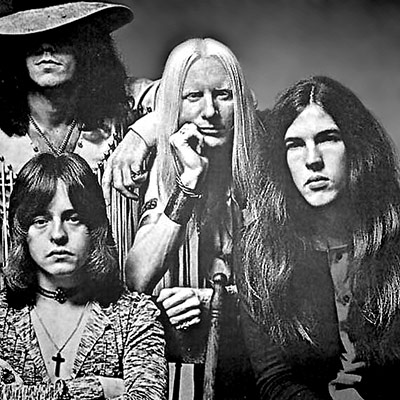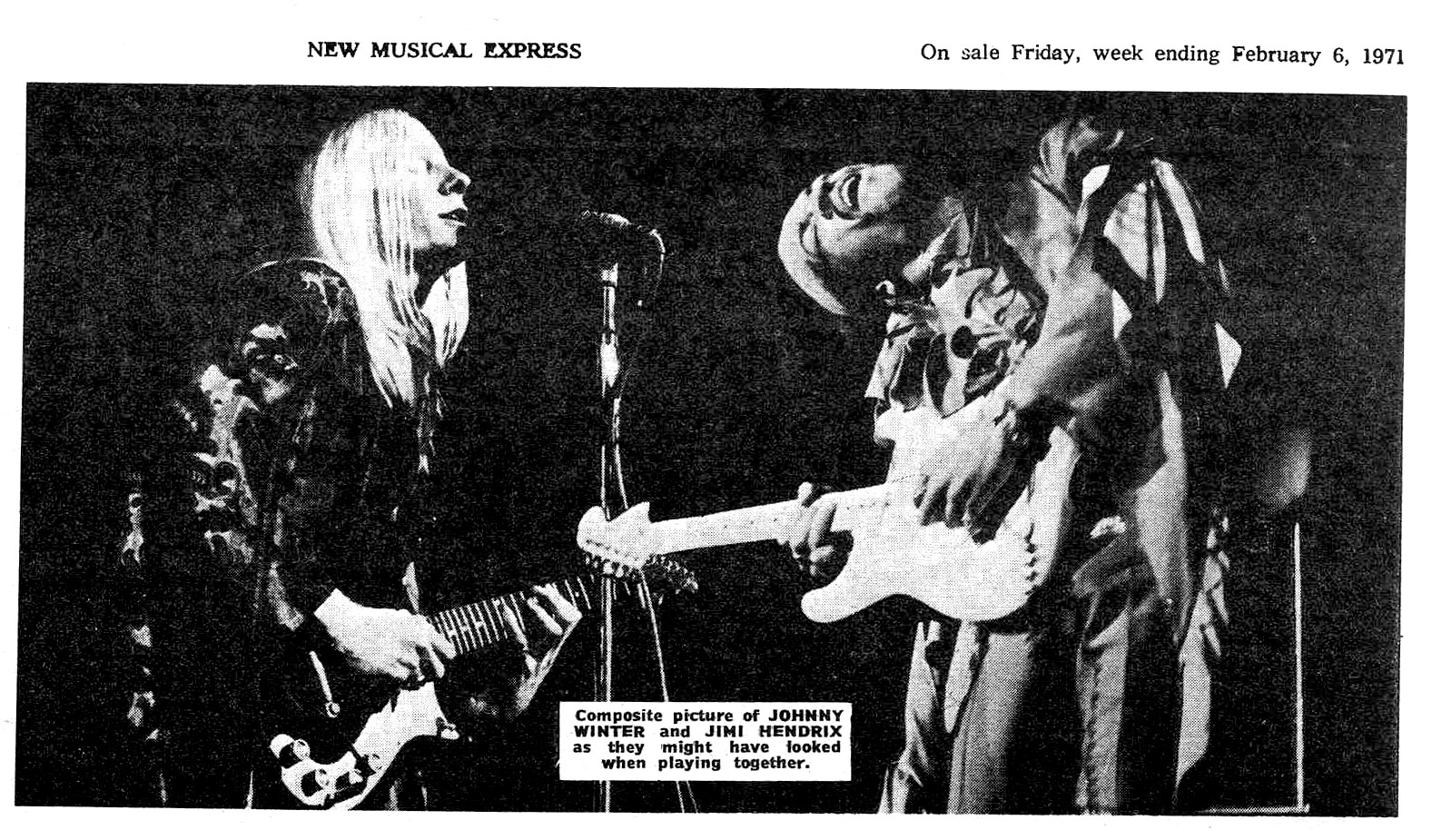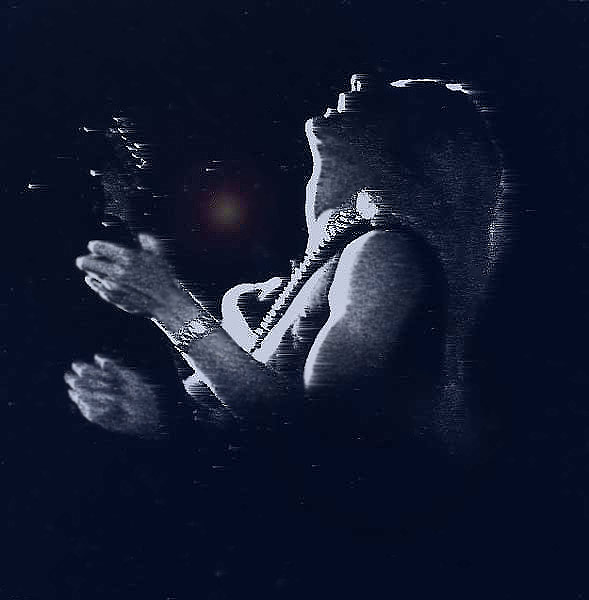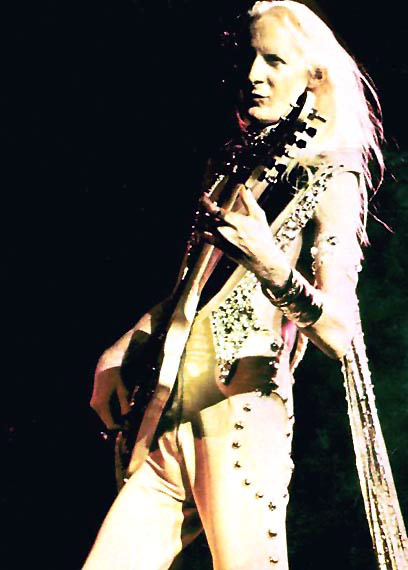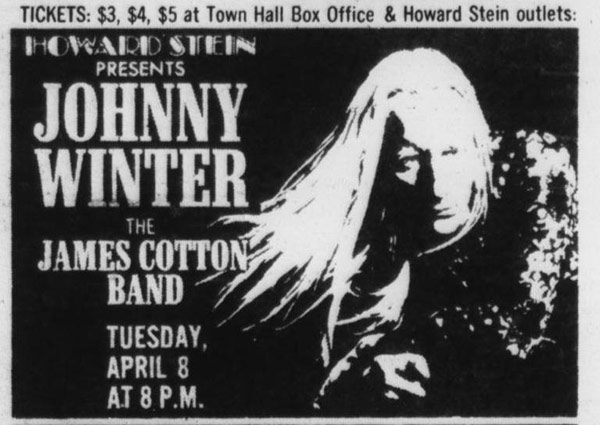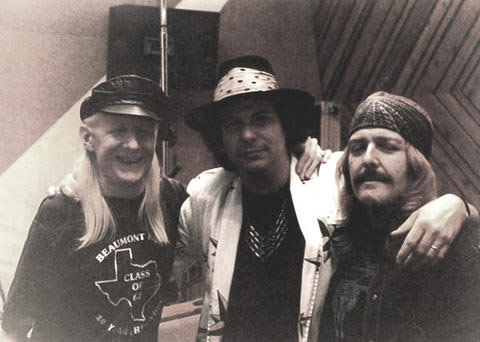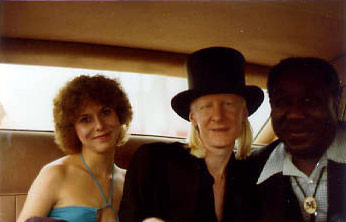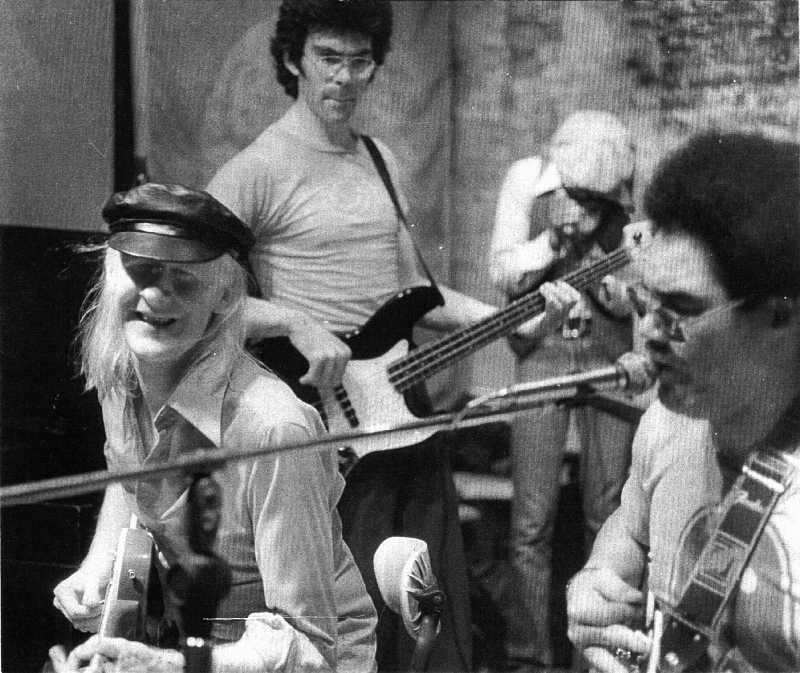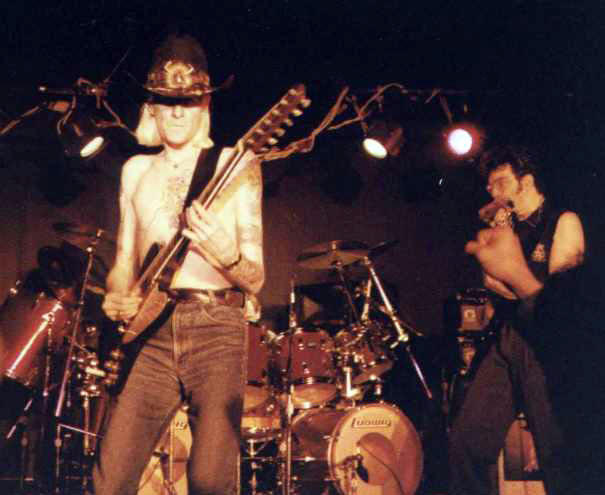Johnny Winter in 1974
-
In 1974, Johnny Winter solidified his place as one of the premier blues-rock guitarists of his generation. Kicking off with an extensive North American tour, Winter's schedule began in Jacksonville, Florida, on 1 March and culminated in Detroit, Michigan, on 8 April. This tour coincided with the release of "Saints and Sinners2, an album that showcased his gritty, hard-hitting sound and secured a spot at #42 on the Billboard charts by 23 February. Later in the year, Winter followed up with his second release, "John Dawson Winter III", which reached #78 on 7 December.
Winter’s live performances were bolstered by the talents of Floyd Radford, who joined him for both the European and American legs of his fall tour. The European stretch marked Winter’s first return to the continent in over four years, with sold-out shows in major cities such as London, Paris, Munich, Frankfurt, Copenhagen, and Stockholm. Following this success, Winter returned stateside for a rigorous Fall/Winter 1974-75 tour across the U.S., performing in three-week intervals over a span of twelve weeks. This period cemented Winter’s international reputation as a masterful performer and recording artist.
